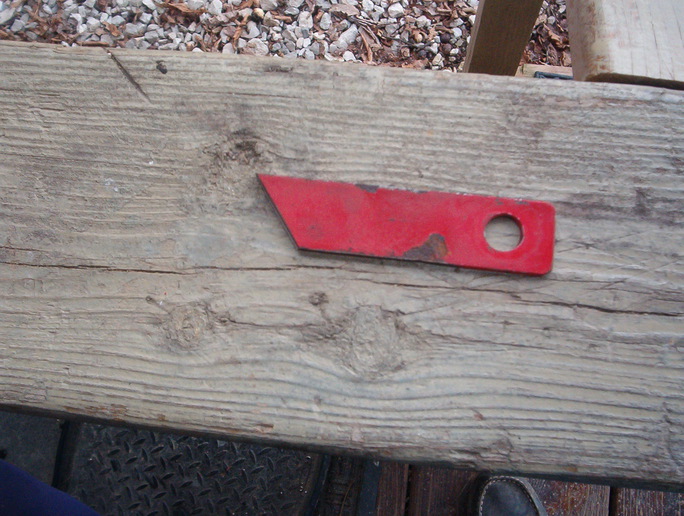jon f mn
Well-known Member
ok, the second installment if your still interested. Thought since rick deere said his suspension was worn out I would go over that area next. There are 3 basic suspension types for small trailers. I won't get into air ride because it's still rare for what most of us use.
The first is the double eye type,shown in the first pic. It's the most common, mostly because it's the cheapest. It has an eye on each end of the spring and uses straps at the equaliser.
The second is the slipper spring type shown in the second pic. It has an eye in front and a flat in back the just slides on a steel plate.
The 3rd is the "torflex" shown in the last pic. It has the spindle mounted on an arm with a square bar on the other end that goes int a tube at a diagonal to the tube. There are 4 rubber ropes, if you will, in each corner and as the load is applied the square bar works against the rubber giving you the spring.
There are some definate advantages and disadvantages to each type. I like the torflex the best. It is by far the most durable and has no suspension parts to wear out. I've had them on trailers since about 1985 and have never had one worn out or fail. They also ride better with less bounce than spring type axles. They do not equalise however, which is both good and bad. It's bad because in a tandem application all the weight can and does end up on one axle. This is ok and is expected and they are warranted for double their rated weight so no problem, but some folks are scared by it. This does give some advantages too, such as more forgiving loading. Take for instance a 7-14,000 lb trailer pulled with a 1/2 ton truck. If you do the hook up properly like I described in my last post you will get several advantages. First with light loads and low tongue weights, you will have a front high situation. This will transfer more weight to the rear axle giving a better tongue weight which will help hold down that "tail wagging the dog" thing. Conversely, if you get too much tongue weight you end up with the front down, transfering more weight to the front axle which will help to limit overloading the tow vehicle. Torflex axles do cost more, and add even more to the cost of the trailer by requiring a heavier frame to handle the torsional flexing. This can easily be overcome by the savings in maintenance, especially on high mileage trailers. You cannot however; use torflex axles on a tri-axle trailer. In a tri-axle setup you could end up with all the weight on one axle exceeding the limit if the trailer is fully loaded.
My second favorite is the slipper spring type as in the second pic. This is as good as a spring suspension can get and far superior to the double eye. The springs in this type both pull from the front which is much stronger than the double eye type. They also have fewer parts to wear out. If you look at the green circles in the second pic the show the main wear points, the spring bolts at the front of the spring and the equalizer bolt. If there is any movement there they need replacing. Most have plastic bushings in them and don't last too long. If you decide to replace them don't even bother trying to save the bolts, they will be shot anyway, so just torch them off and replace both the bolts and bushings. If you look at the blue circle in the second pic you will see the slipper part of the suspension. If you run a LOT of miles this can wear out too, but it takes a LOT. I've seen a couple that had to be fixed, so if you have this type it won't hurt to keep an eye on it.
The last type, and one I never recommend, even tho it is the most popular. It's the most popular because it's the cheapest, it's the cheapest for a reason. If you look at the red arrow in the first pic it shows what my biggest complaint is with the system. In a tandem application, the rear axle pivots on the rear bolt, so the force is pushing back, or compressing the spring. This leads to bent springs. If you get any where near the rated load for this type suspension and hit even a small obstruction, you can end up with a bent spring. This leads to an axle out of alignment and all that causes, worn tires, dog tracking, control issues and worn suspensions. It can be deceiving to to an ammature because they rarely fail completely, you just end up with more arch in the spring. If it's caught it's frequently thought that it's the front spring that bent because it's flatter. They also have more moving parts and they move more than the slipper type so they wear faster. The yellow circles in the first pic show the wear points, the front and rear spring bolts, the center pivot bolt, and the shackle bolts. Same goes here, if there is wear just torch them out and replace all the parts. The bolts are knerled at the head to prevent turning, if you try to reuse them they will just turn on the mounts and destroy the hangers too. NEVER NEVER NEVER, buy or build a trailer with a double eye suspension in a tri-axle setup. The third pic shows why. The center axle is a floater because there is nothing to hold it in place except weight. This allows it to move a lot causing it to go out of alignment. There is nothing that can be done to make it any better either. I've converted a few of those to slipper type suspensions because the customers just couldn't keep tires on the trailers and they pulled very hard. There is no amount of cost savings that would make that worth while to me.
If you are getting dog tracking or having tire problems and your suspension is not worn out, check the alignment. I've seen plenty of commercially built trailers come off the line out of alignment. I've had a couple I did myself too. It's not hard to do. The most critical measurement is not off the front of the trailer as most folks think, it's the between the axle measurement that will cause the most problems. In the slipper type that would be the front hanger to center hanger measurement. They should be within an 1/8". For the double eye it's the front and rear hangers that need to be within 1/8". If the front hanger is off from the front of the trailer you will get some dog tracking, but won't get tire wear and handling issues as long as the axle to axle measurements are good.
Finally the u-bolts that hold the springs to the axle. These are rarely a problem, but you should keep an eye on them to make sure they stay tight. They rarely come loose unless you've worked with them. The springs have a center bolt that goes into the u-bolt plate and a hole in the axle saddle. This is what holds the axle in alignment. I mention that because if you do hit something it can shear off. Just pushing the axle back in place and tightening the u-bolts is not good enough. You need to make sure that that bolt is in place. I have replaced them with regular bolts and nuts and just ground the heads down to fit on the holes.
Well I think I'll stop here for tonight. I hope this helps and answers some questions, and if you have more or comments feel free to ask. If you are finding this helpful please say so and I'll do some more. If not please say that too and I'll quit wasting your time.
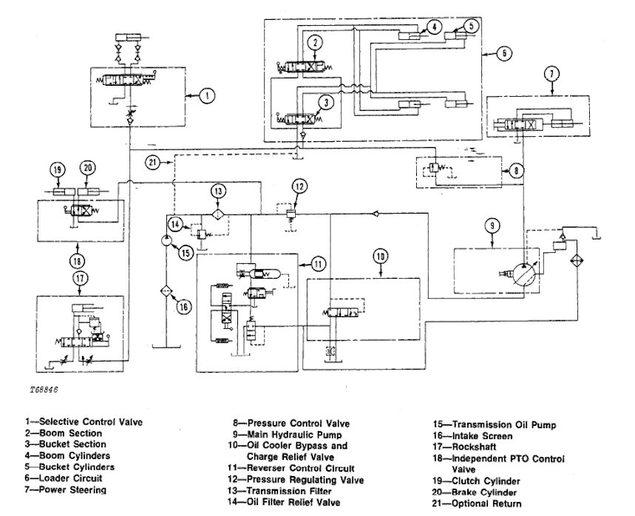
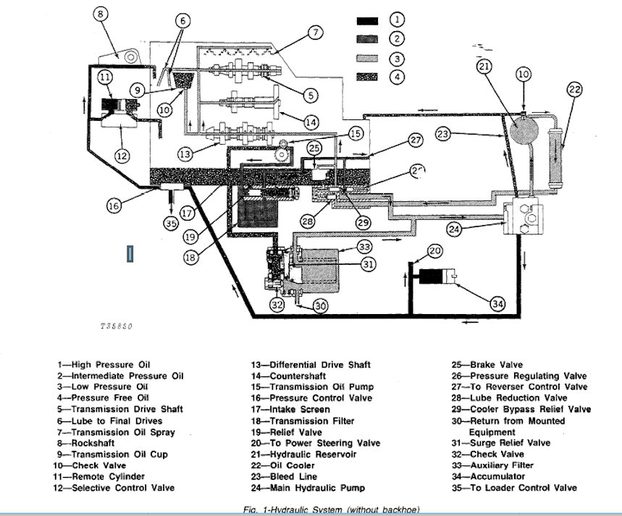
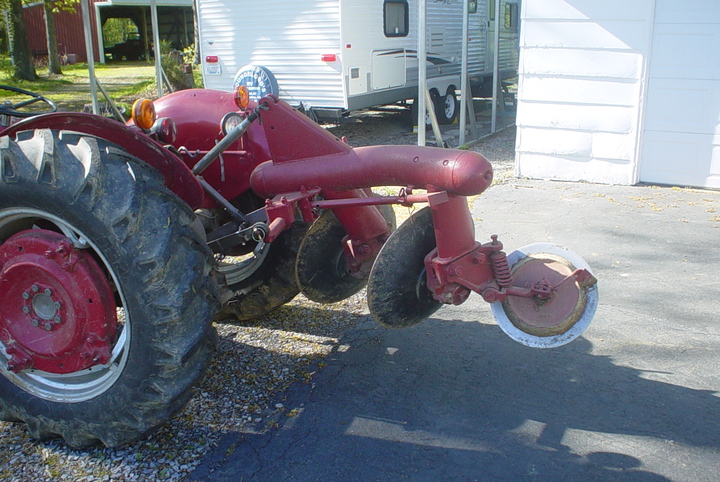
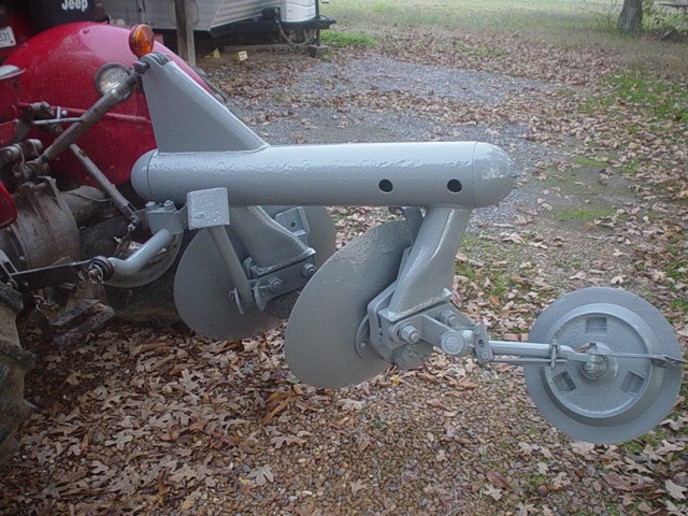
The first is the double eye type,shown in the first pic. It's the most common, mostly because it's the cheapest. It has an eye on each end of the spring and uses straps at the equaliser.
The second is the slipper spring type shown in the second pic. It has an eye in front and a flat in back the just slides on a steel plate.
The 3rd is the "torflex" shown in the last pic. It has the spindle mounted on an arm with a square bar on the other end that goes int a tube at a diagonal to the tube. There are 4 rubber ropes, if you will, in each corner and as the load is applied the square bar works against the rubber giving you the spring.
There are some definate advantages and disadvantages to each type. I like the torflex the best. It is by far the most durable and has no suspension parts to wear out. I've had them on trailers since about 1985 and have never had one worn out or fail. They also ride better with less bounce than spring type axles. They do not equalise however, which is both good and bad. It's bad because in a tandem application all the weight can and does end up on one axle. This is ok and is expected and they are warranted for double their rated weight so no problem, but some folks are scared by it. This does give some advantages too, such as more forgiving loading. Take for instance a 7-14,000 lb trailer pulled with a 1/2 ton truck. If you do the hook up properly like I described in my last post you will get several advantages. First with light loads and low tongue weights, you will have a front high situation. This will transfer more weight to the rear axle giving a better tongue weight which will help hold down that "tail wagging the dog" thing. Conversely, if you get too much tongue weight you end up with the front down, transfering more weight to the front axle which will help to limit overloading the tow vehicle. Torflex axles do cost more, and add even more to the cost of the trailer by requiring a heavier frame to handle the torsional flexing. This can easily be overcome by the savings in maintenance, especially on high mileage trailers. You cannot however; use torflex axles on a tri-axle trailer. In a tri-axle setup you could end up with all the weight on one axle exceeding the limit if the trailer is fully loaded.
My second favorite is the slipper spring type as in the second pic. This is as good as a spring suspension can get and far superior to the double eye. The springs in this type both pull from the front which is much stronger than the double eye type. They also have fewer parts to wear out. If you look at the green circles in the second pic the show the main wear points, the spring bolts at the front of the spring and the equalizer bolt. If there is any movement there they need replacing. Most have plastic bushings in them and don't last too long. If you decide to replace them don't even bother trying to save the bolts, they will be shot anyway, so just torch them off and replace both the bolts and bushings. If you look at the blue circle in the second pic you will see the slipper part of the suspension. If you run a LOT of miles this can wear out too, but it takes a LOT. I've seen a couple that had to be fixed, so if you have this type it won't hurt to keep an eye on it.
The last type, and one I never recommend, even tho it is the most popular. It's the most popular because it's the cheapest, it's the cheapest for a reason. If you look at the red arrow in the first pic it shows what my biggest complaint is with the system. In a tandem application, the rear axle pivots on the rear bolt, so the force is pushing back, or compressing the spring. This leads to bent springs. If you get any where near the rated load for this type suspension and hit even a small obstruction, you can end up with a bent spring. This leads to an axle out of alignment and all that causes, worn tires, dog tracking, control issues and worn suspensions. It can be deceiving to to an ammature because they rarely fail completely, you just end up with more arch in the spring. If it's caught it's frequently thought that it's the front spring that bent because it's flatter. They also have more moving parts and they move more than the slipper type so they wear faster. The yellow circles in the first pic show the wear points, the front and rear spring bolts, the center pivot bolt, and the shackle bolts. Same goes here, if there is wear just torch them out and replace all the parts. The bolts are knerled at the head to prevent turning, if you try to reuse them they will just turn on the mounts and destroy the hangers too. NEVER NEVER NEVER, buy or build a trailer with a double eye suspension in a tri-axle setup. The third pic shows why. The center axle is a floater because there is nothing to hold it in place except weight. This allows it to move a lot causing it to go out of alignment. There is nothing that can be done to make it any better either. I've converted a few of those to slipper type suspensions because the customers just couldn't keep tires on the trailers and they pulled very hard. There is no amount of cost savings that would make that worth while to me.
If you are getting dog tracking or having tire problems and your suspension is not worn out, check the alignment. I've seen plenty of commercially built trailers come off the line out of alignment. I've had a couple I did myself too. It's not hard to do. The most critical measurement is not off the front of the trailer as most folks think, it's the between the axle measurement that will cause the most problems. In the slipper type that would be the front hanger to center hanger measurement. They should be within an 1/8". For the double eye it's the front and rear hangers that need to be within 1/8". If the front hanger is off from the front of the trailer you will get some dog tracking, but won't get tire wear and handling issues as long as the axle to axle measurements are good.
Finally the u-bolts that hold the springs to the axle. These are rarely a problem, but you should keep an eye on them to make sure they stay tight. They rarely come loose unless you've worked with them. The springs have a center bolt that goes into the u-bolt plate and a hole in the axle saddle. This is what holds the axle in alignment. I mention that because if you do hit something it can shear off. Just pushing the axle back in place and tightening the u-bolts is not good enough. You need to make sure that that bolt is in place. I have replaced them with regular bolts and nuts and just ground the heads down to fit on the holes.
Well I think I'll stop here for tonight. I hope this helps and answers some questions, and if you have more or comments feel free to ask. If you are finding this helpful please say so and I'll do some more. If not please say that too and I'll quit wasting your time.






